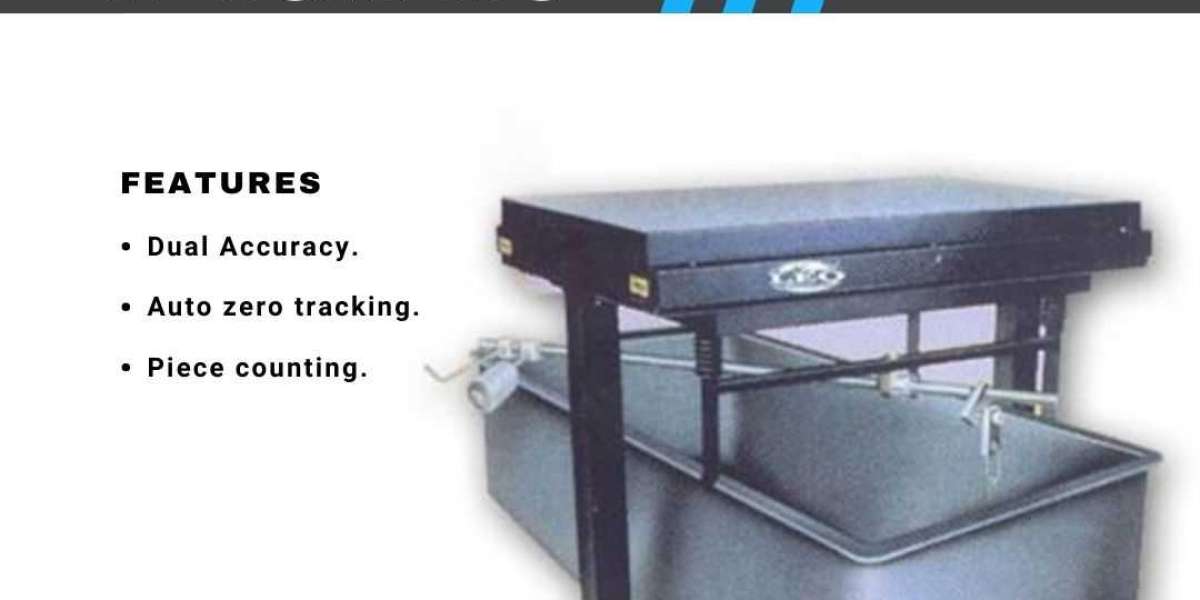Milk weighing is an essential process in the dairy industry, ensuring that farmers and processors accurately measure milk quantities for fair pricing and quality control. Milk weighers, also known as milk weighing systems, utilize advanced technology to provide precise measurements. This blog will explore how these systems work, their components, and their significance in the dairy supply chain.
The Importance of Accurate Milk Weighing
Accurate milk weighing is crucial for several reasons:
- Fair Payment: Farmers are paid based on the quantity of milk they deliver. Accurate measurements ensure fair compensation.
- Quality Control: Weighing helps in monitoring the quality of milk by ensuring that it meets specific standards before processing.
- Inventory Management: Accurate records of milk quantities assist dairy processors in managing their inventory effectively.
Components of a Milk Weigher
A typical milk weighing system consists of several key components:
- Weighing Scale: The core component that measures the weight of the milk. Most modern systems use electronic scales that provide digital readouts.
- Agitator: This device ensures that the milk is uniformly mixed before weighing. Thorough agitation is necessary to obtain a representative sample, as fat and other components can separate if left undisturbed.
- Sampling Device: Used to take samples for quality testing, ensuring that the samples represent the entire batch of milk.
- Control Panel: The interface where operators can monitor readings, record data, and manage settings.
- Data Recording System: Many modern systems are equipped with software that logs weights and other relevant data for tracking and reporting purposes.
How Milk Weighers Function
The operation of a milk weigher involves several steps:
- Preparation: Before weighing, the system is prepared by ensuring that all components are clean and sanitized to prevent contamination. This includes washing hands and sanitizing measuring devices.
- Agitation: The milk in the storage tank is agitated using an agitator to ensure an even distribution of fat and other components. This step is critical for obtaining accurate measurements.
- Connection: The weighbridge or scale is connected to the storage tank using a transfer hose. It is essential to ensure that all connections are secure to avoid leaks during the transfer.
- Weighing Process:
- Once the tank is ready, the operator initiates the weighing process.
- The scale measures the weight of the milk as it flows into it, providing real-time data on the quantity being delivered.
- The reading is displayed on a digital screen for immediate reference.
- Data Recording: After weighing, the data is recorded either manually or automatically through integrated software systems. This data can include weight, time of delivery, and any relevant quality control information.
- Sampling: While the agitator is running, samples are taken for quality testing to ensure compliance with health standards.
- Completion: Once all measurements are taken and recorded, the transfer hose is disconnected, and the system is cleaned for future use.
Conclusion
Milk weighers play a vital role in the dairy industry by providing accurate measurements that ensure fair compensation for farmers and maintain quality standards in processing facilities. With advancements in technology, modern milk weighing systems have become more efficient, reliable, and user-friendly, making them indispensable tools in dairy operations. By understanding how these systems work, stakeholders can appreciate their importance in maintaining a sustainable and profitable dairy supply chain.








